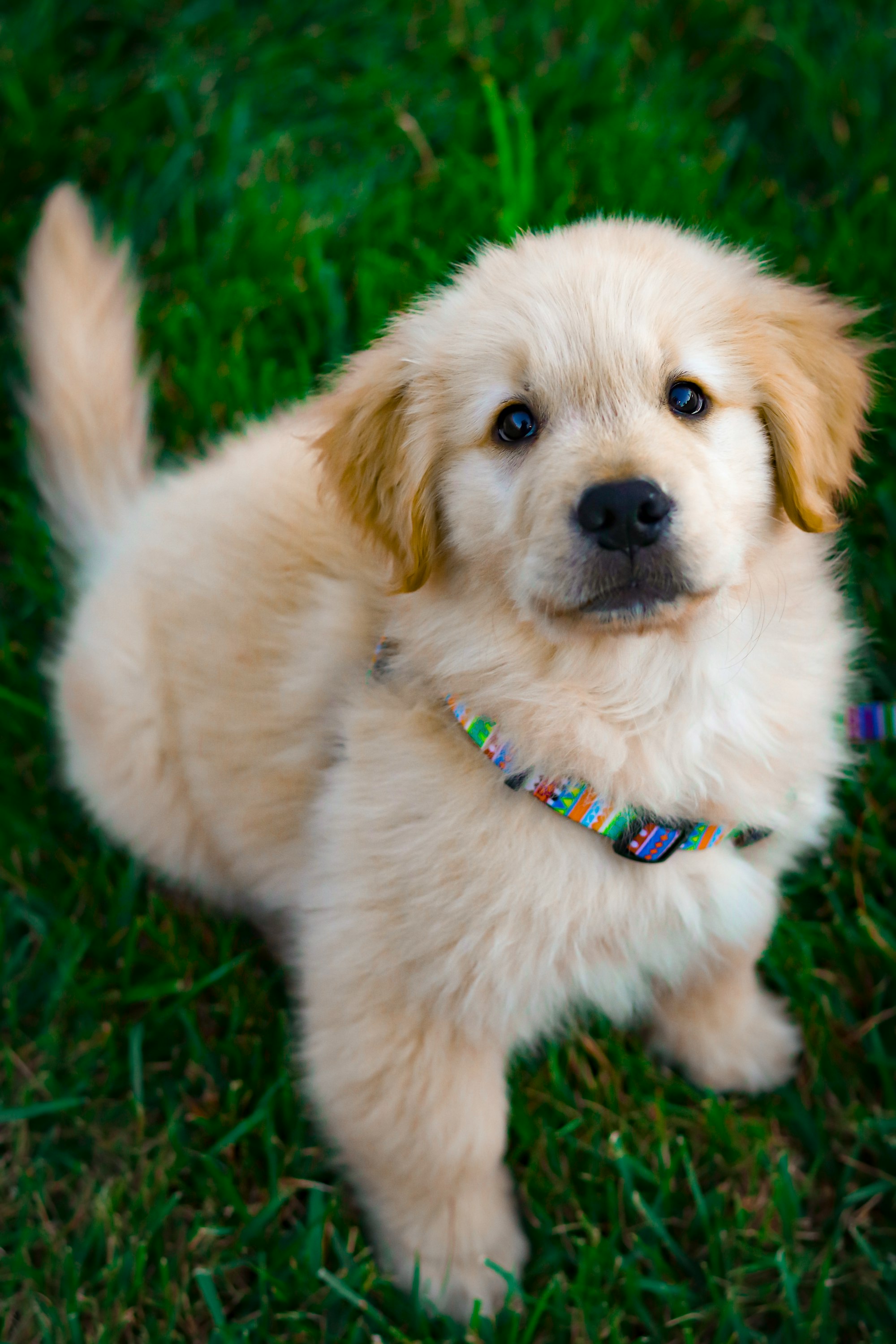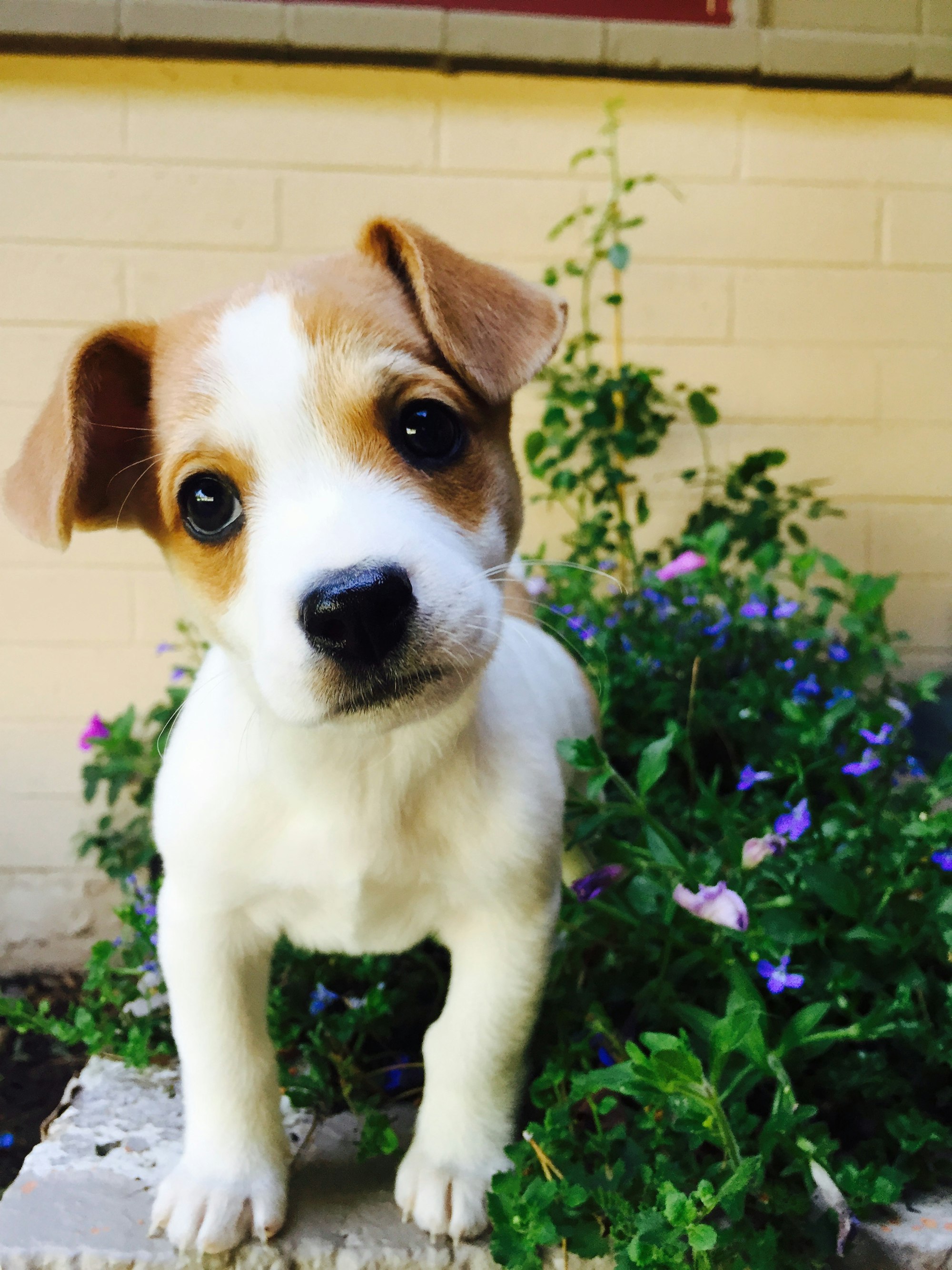If you own a dog, you’re in good company with the 63.4 million American households that have a canine companion in their homes. Many people view their pets as family members. It only makes sense that you’d ask, when can I take my puppy outside?
There are a few things you need to know up front before you take your pup outdoors. The answer rests both with you and your dog’s health and safety. Let’s break it down to help you make an informed decision about when the time is right.

Getting a New Puppy
The first consideration is your pup’s age. You shouldn’t separate a puppy from his mother and littermates before 8 weeks old. This time is vital for socialization and your dog’s mental health. Getting a pet that is too young increases its risk for behavioral issues. Responsible breeders understand its importance and will only sell puppies ready to make this transition.
Safety and Importance of Outdoor Time
Taking your puppy outside is the proverbial double-edged sword. Safety concerns exist if you do—or don’t. Let’s look at both sides of the question to help you decide when the time is right.
Vaccinations and Deworming
We strongly urge you to limit outdoor time and the places your puppy goes until he is finished with his initial vaccination and deworming series. He should be good to go around 16 weeks if you’ve kept him on schedule.
Remember that puppies can get parasites and other nasties even from your backyard.
Socialization
The time between 8–12 weeks is a critical one for your pup. He is realizing what it means to be a dog. He’s also learning what a human is. Puppies also go through two fear impact stages that can set lifelong behavioral patterns.
A good rule of thumb is to follow the rules of seven. That means your pet should meet seven new people every seven days while he is between 7 weeks and 7 months old. That’s going to help a lot when you take your dog outside. After all, who can resist reaching down to pet a puppy?
Going Outside
Dogs aren’t unlike people when it comes to trying new things. Exposure to these experiences can reduce fearfulness in your pup. It goes hand in hand with meeting strangers. Bear in mind that you’re molding your pet’s personality at this stage of his young life.
It’s part of what makes ownership such a weighty responsibility. However, it’s also essential to prepare your puppy for his first adventures in his new world.
Precautions
We’ve discussed the health side of things with vaccinations and deworming. There is also another aspect of pet care that you should also remember to make the transition to going outdoors smooth, with fewer health risks.
Sixteen weeks is a reasonable threshold for taking your puppy outside on that score. You should also start preventive measures for fleas and ticks as well as heartworm. The great thing about the latter is that these meds often do double duty and cover internal parasites, such as roundworms.
Another thing you should discuss with your vet is getting your pup a Bordetella bronchiseptica vaccination. You may recognize this health condition by its more common moniker, kennel cough. It’s not mandatory like rabies. However, many kennels, groomers, and daycare centers may require it.
Our advice is that if your pet meets other canine friends, it’s a wise precaution.

The First Walks
We discussed fear impact stages earlier. They are something to keep in mind when you take your pup out for his first walks. They occur between 8–12 weeks and again between 7–14 months. Your goal is to foster positive associations with going outside on walks. Treats are an excellent motivator on that front.
Puppy Playtime
Many vet clinics and pet stores offer puppy playtime for young pets to meet other canine friends. Bear in mind that the kennel cough vaccine we discussed before is often required. You’ll also find that many retail stores, such as Lowes are dog-friendly and offer more opportunities to meet people and pets.

Doggie Parks
Who could resist the allure of a dog park? Over 90% of Americans agree that these spaces offer community benefits, not just perks for our four-legged friends. One of the key advantages is providing a secure environment where your dog can freely play, a crucial factor during their sensitive developmental stages.
Dog parks have gained popularity, especially in city settings. Since 2007, the number of these specialized spaces has surged by nearly 90%, filling a gap in urban areas that may lack other socialization opportunities for pets.
However, there's a vital consideration before taking your pup to enjoy the smells and sights of the dog park. While you may have vaccinated your own pet, it's not a guarantee that every dog there has received up-to-date vaccinations. Use this as a determining factor for when you feel it's safe for your puppy to explore these public spaces for the first time.
Benefits of Taking Your Puppy Outside
Going outdoors offers many benefits for your pet when done properly at the right time. However, we’d be remiss if we didn’t mention how it helps you, too. Taking your puppy outside can lower your blood pressure and improve your mental health. It can help you get outside and meet new people and pets, too.
At the very least, walking your pup will get you both active. That can help bolster your physical fitness while preventing obesity. It’s also an excellent way to bond with your pet. Those daily strolls will benefit you and your puppy in numerous ways that go well beyond the leash time. Besides, they’ll also give you a chance to reinforce your pet’s canine manners.
Final Thoughts
Getting a new puppy is a rewarding experience on so many levels. Making wise choices is part of the responsibility of pet ownership. The best time to take your new pet outdoors is after he is finished with his initial vaccinations and deworming.
When it’s time to get outside and explore, be sure to check out Fi to keep your canine companion safe. It will help make those times special for both of you.






